Clowns and That Look
I have to admit that I'm ambivalent about Clowns but there is no better subject to use to conclude our look at facial features. The juxtaposition of slanted eyebrows, large circular eyes, bulbous nose, and huge over exaggerated thick lips is very effective in conveying all manner of expressions.
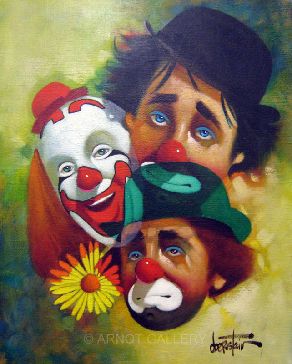
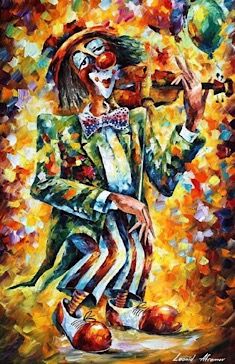
In fact a clown’s face is always a work of art ever since Joseph Grimaldi, the father of all clowns who featured in yesterday’s blog.
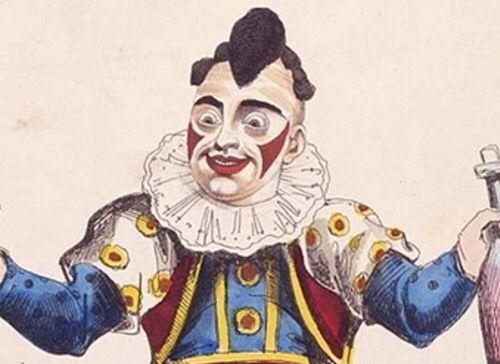
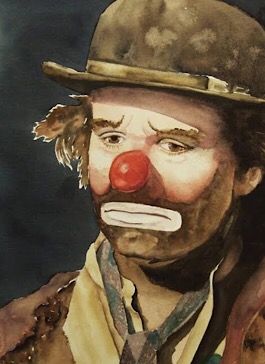
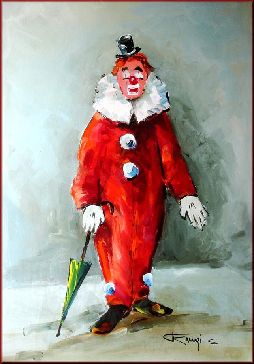
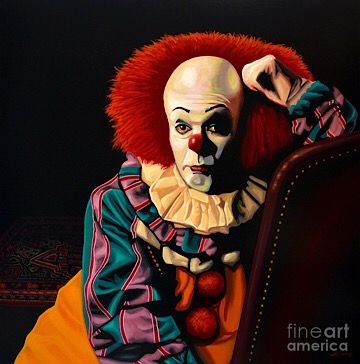
Pennywise is no ordinary clown which if you are a Stephen King fan you will know especially if you have read his novel It. The character It has the ability to shapeshift and Pennywise the Dancing Clown is one of the character’s forms. I won’t go into any more details except to say if you like being scared this is the novel for you and I think a miniseries was made also. I just want to talk about the clever way Paul Meijering has used his artistic skill to create tension in the image.
Meijering’s main technique is the use of the dark shadow down the left side of the clown’s face causing a distortion in the shape of the face. The shadow at first almost conceals the left eye leaving just a touch of white adding to the unsettling effect. The the left cheek and jaw line is severely reduced by the shadow which adds to the unusual shape of the lips and an expression difficult to interpret but certainly not a welcome grin! The clown’s hair (red of course) is like a large frame as you might see around a mirror, highlighting the bald scalp and starkness of the chiselled face peering out at the viewer: defiant in its mysteriousness and mission.
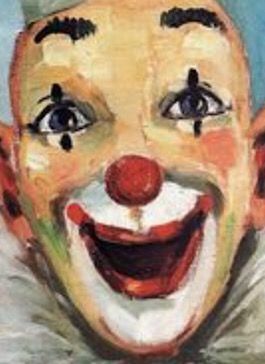
We are now going to move away from the face but not far- to the top of the head!!
